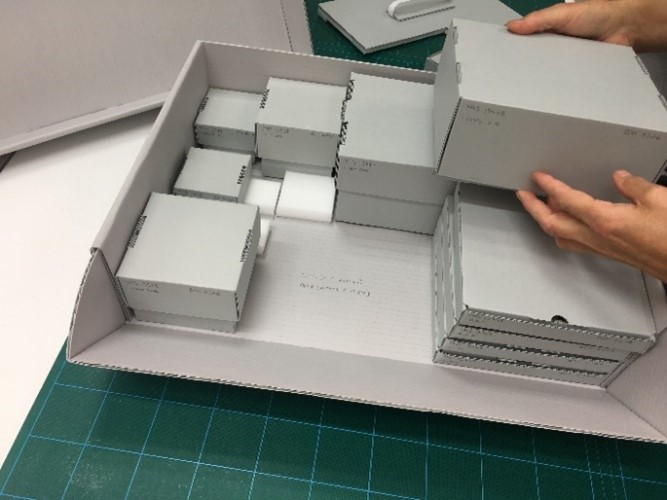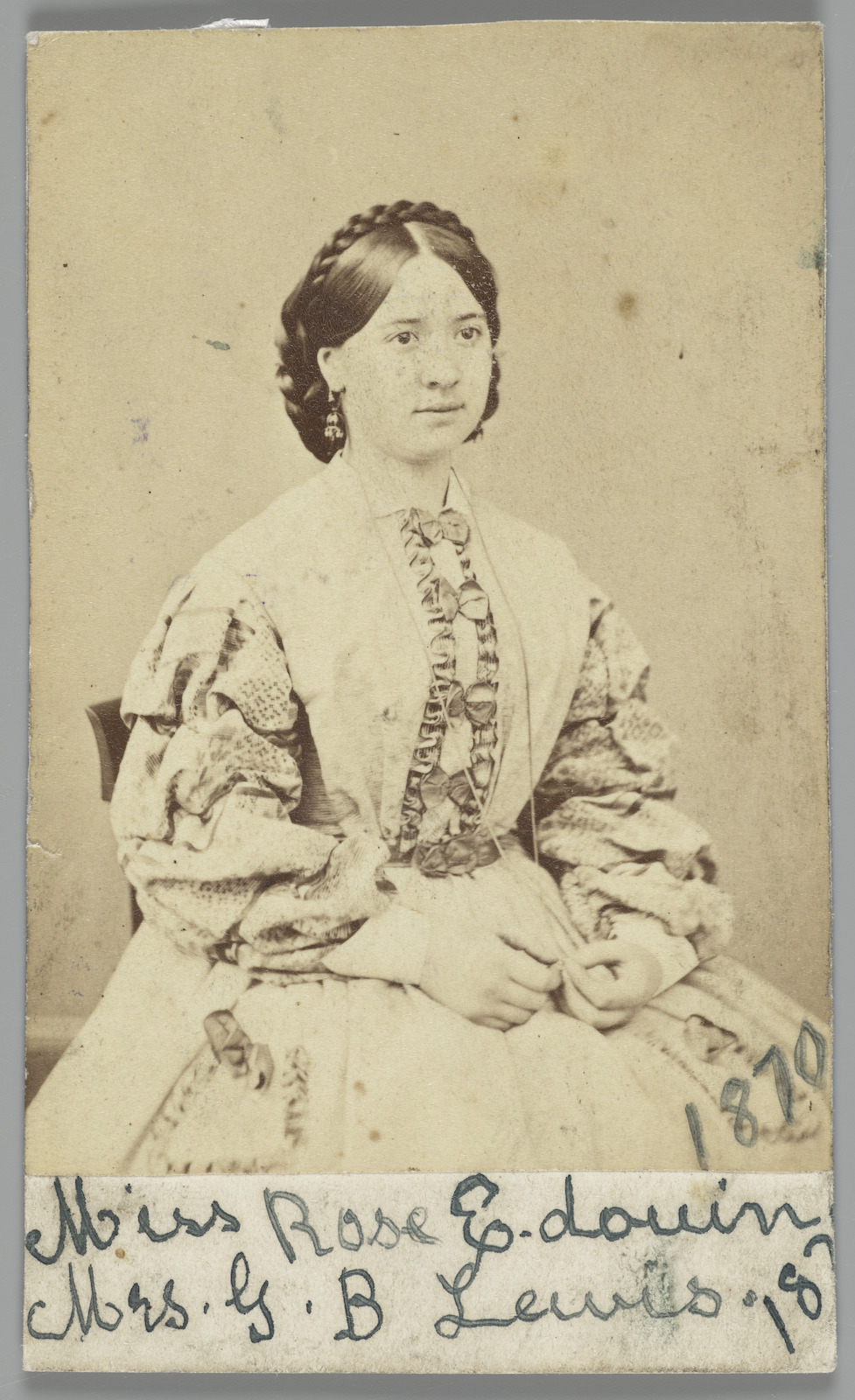The guide is aimed at individuals and organisations seeking ‘the Library’s’ advice about their collection,
You should allow yourself some time to assess the content; this will save you time later, whilst ensuring you make informed keep or discard decisions. Be prepared to record any information you know about the material, i.e. who is the letter to and from? When were those photos taken? Which newspaper is that article from?
You should consider how to house the material and where it will be stored. A stable environment will give your material the best chance of survival. Your collection may require different storage solutions, so consider how to organise it, i.e. by format, by size, maybe chronological?

1. Identify what you want to keep.
Ask yourself, do I need to keep it all? What can I weed? For example, do you need multiple copies of the same thing? If you are collecting for an organisation, what are your collecting priorities and boundaries? Is there another institution which has the same material? Before you throw anything out, is there anyone you need to check with first? Family members? Former colleagues?
2. Organise the content.
If you have a lot of material, try to place it into some sort of order, i.e. by place/ date/ format, i.e, you could store all photos albums together. Remember to label the envelope/ file/ tub (rather than placing a label on the actual item). Have consistent naming conventions for electronic files, i.e. DDMMYYYY.
3. Record what you know- and make copies
What you know about the material and how it came into your possession is important and it should be captured.
If all the information about an item is in your head- write it down, create a file, label it clearly, or record an oral history; just make sure that information is captured for others when you are no longer able to tell them. Is there anyone else who may have information on the material?
Joan Torrance; H28050/38
For example, if it's a painting, make a note of where you got it, i.e. was it inherited? Who from? Was it bought at auction? When? Record if there is any significance/ history about the item, i.e., great granddad's painting from Wales. How did it end up with you? Keep this accompanying information with the item.
For newspaper clippings, write the date, the publication title and the page number. If it's a photo album- write, in pencil, on the back of the photo- who it is, the date, the place (or write on a sheet of paper or electronic document, label it clearly and keep it with the item).

Without the written information on a photo, it risks being discarded as people won't know who it is. [Rose Lewis, nee Edouin]; H10438
4. Housing the material
Consider how are you going to store the material, boxes? Envelopes? Tubs? You may need to separate material, i.e., a letter may accompany a watercolour, but it may be best practice, preservation wise, to keep them separated.
Where is the material to be stored? What are the environmental conditions of the area? Is it dry? Will it be at risk of sunlight damage? If you store it on the floor, is there a risk of flood damage? See our Conservation Guides for advice.
Remember- don't over pack boxes; If you can't lift it, don't presume somebody else can. Safe, stable and well labelled packing saves time, and your back!


Archival tubs and albums used for the safe long-term storage of photographic prints, negatives and transparencies.

Consider housing each photo in a separate sleeve to ensure minimal exposure to light, dust, heat and damp (LTA 2204; box 17)
Keep it for the future!: how to set up small community archives / [writing and editing Angela McAdam]
There are a number of different companies which sell archival housing materials. The Library has used Archival Survival, Zetta Florence and Pinpak. The National Archives provides a list of suppliers they use.
Cataloguing your own collection from the National Library.
Public Record Office Victoria has many great resources on managing your collection, including Documenting Your Collection, which includes the below video.